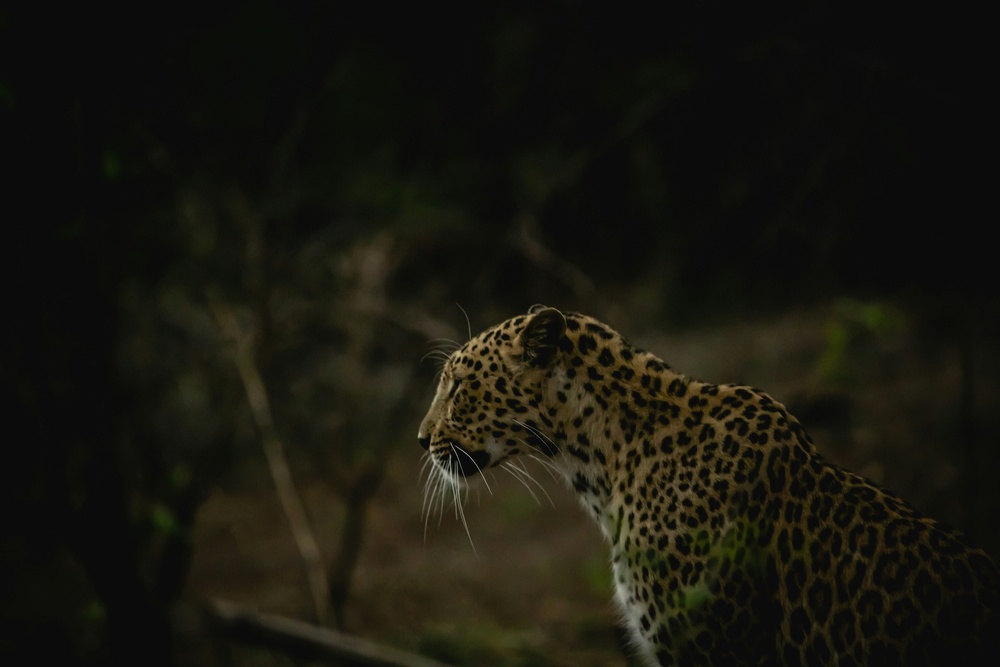For those who crave encounters with the wild, serene moments in dense forests, and the thrill of spotting elusive animals in their natural habitat, wildlife holidays offer a perfect escape. Far from the chaos of city life, these holidays bring you face-to-face with India’s rich biodiversity—from majestic Bengal tigers in Ranthambore to playful elephants in Periyar, and from bird sanctuaries in Bharatpur to leopards in Jawai.
India’s varied geography and climates create a haven for wildlife enthusiasts, photographers, bird watchers, and nature lovers. Whether you’re a first-time jungle explorer or a seasoned safari-goer, wildlife holidays in India promise unforgettable moments of adventure, education, and serenity.
1. Why Choose Wildlife Holidays?
Unlike typical vacations, wildlife holidays are immersive experiences. You’re not just sightseeing—you’re tracking animal movements, listening to bird calls, learning from naturalists, and gaining a deeper understanding of ecosystems. These holidays are ideal for:
- Families looking for educational experiences
- Couples seeking offbeat romantic getaways
- Solo travelers and photographers
- Students and researchers
- Adventure seekers and eco-tourists
Wildlife holidays also promote eco-tourism and support conservation efforts, helping preserve forests and endangered species.
2. Top Wildlife Destinations in India
a. Jim Corbett National Park (Uttarakhand)
India’s oldest national park, Corbett is famous for its tiger sightings, elephant herds, and bird diversity. Jeep safaris, river walks, and eco-lodges make it a top wildlife holiday destination.
b. Ranthambore National Park (Rajasthan)
Known for its royal Bengal tigers and the scenic Ranthambore Fort, it’s one of India’s most popular tiger reserves. Ideal for wildlife photography.
c. Kaziranga National Park (Assam)
A UNESCO World Heritage Site, Kaziranga is home to the world’s largest population of the one-horned rhinoceros. Elephant-back safaris are a unique way to explore.
d. Bandhavgarh and Kanha (Madhya Pradesh)
These central Indian forests inspired The Jungle Book. Rich in tigers, leopards, sloth bears, and barasingha (swamp deer), they’re perfect for dense jungle experiences.
e. Periyar Wildlife Sanctuary (Kerala)
Located in the Western Ghats, Periyar offers lake cruises, elephant spotting, and spice plantation visits—ideal for combining wildlife with wellness.
f. Sundarbans National Park (West Bengal)
Home to the mysterious Royal Bengal Tiger, mangrove forests, and crocodiles, Sundarbans is best explored by boat safaris.
g. Gir National Park (Gujarat)
The only place in the world where you can see Asiatic lions in the wild. Gir also hosts leopards, jackals, and antelopes.
h. Bharatpur Bird Sanctuary (Keoladeo National Park)
A paradise for bird lovers, especially in winter when thousands of migratory birds arrive. Over 370 species of birds have been recorded here.
3. Types of Wildlife Holidays
– Jeep Safari Holidays
Experience off-road jungle trails in open jeeps with expert naturalists. Common in Corbett, Ranthambore, and Bandhavgarh.
– Boat Safaris
Explore riverine ecosystems in places like Periyar and Sundarbans where boats are the best (and only) way to spot wildlife.
– Walking and Trekking Safaris
Guided forest walks in places like Satpura or Wayanad offer a more intimate, eco-friendly way of observing nature.
– Birdwatching Tours
Designed for bird lovers, these holidays include visits to sanctuaries like Bharatpur, Ranganathittu, and Chilika Lake.
– Luxury Wildlife Holidays
Stay in high-end jungle resorts or eco-lodges with gourmet meals, private safaris, and personalized experiences.
– Family & Educational Holidays
Interactive safaris, kid-friendly trails, and nature workshops are ideal for children and learning-focused travel.
4. Best Time for Wildlife Holidays in India
- October to June: Best for most national parks; animals come out in the open due to water scarcity.
- April to June (Summer): Higher chance of spotting tigers and leopards, though temperatures can be extreme.
- November to February (Winter): Comfortable weather, ideal for birdwatching and family travel.
- July to September (Monsoon): Many parks are closed, though some southern and northeastern sanctuaries remain open.
5. Inclusions in Wildlife Holiday Packages
Most wildlife holiday packages include:
- Accommodation in forest lodges, resorts, or eco-stays
- Jeep or boat safari bookings
- Park entry permits and naturalist charges
- Meals (full board or breakfast/dinner)
- Transportation (optional or customized)
Cost Range:
- Budget: ₹6,000 – ₹10,000 per person (2N/3D)
- Mid-range: ₹12,000 – ₹20,000
- Luxury: ₹25,000 – ₹40,000+
Costs vary depending on the park, safari type, accommodation, and season.
6. Tips for an Enjoyable Wildlife Holiday
- Book safaris in advance, especially in peak season (Dec–May)
- Pack binoculars, cameras, and field guides
- Dress in earthy tones—avoid bright colors that may disturb animals
- Stay silent and patient—wildlife sightings often take time
- Follow all park rules and listen to your guide
- Avoid plastics and leave no trace behind to protect the ecosystem
Conclusion
Wildlife holidays aren’t just trips—they’re experiences that connect you with the wild and awaken a deeper appreciation for nature. From tiger trails to bird calls, from forest walks to night safaris, every moment spent in the wilderness adds a unique story to your travel diary.
India, with its incredible biodiversity and well-preserved sanctuaries, is one of the best places in the world to embark on a wildlife holiday. So, pick a destination, book the perfect package, and prepare to witness the wonders of the animal kingdom—up close, respectfully, and responsibly.


